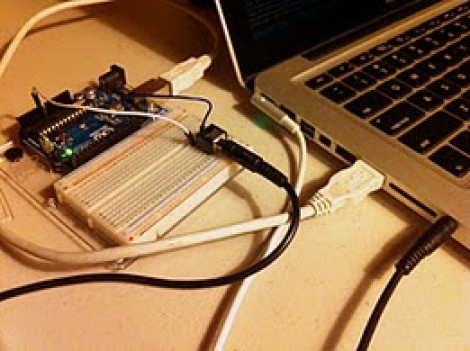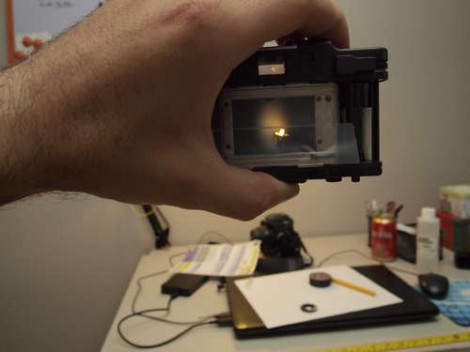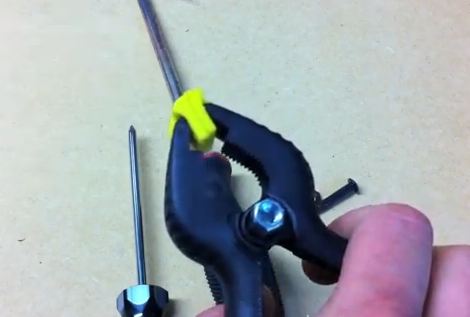
Lots of people buy noise makers for New Year’s eve, others opt to sing Auld Lang Syne – then there’s these guys.
The crew at Stone Brewing Company throw an annual bash at their brewery in celebration of New Years, and while [Dino’s] countdown timer is great for intimate settings, they needed something bigger to wow the crowd. A busted half barrel was all the inspiration they needed to build the “Doomsday Keg of Radness”.
[Mike Palmer], the Creative Director at Stone handed the keg off to the maintenance crew for some remodeling, and got ready to fit it with all sorts of lights and other goodies. Holes drilled in the keg were fitted with bright pulsing LEDs, while additional LED light strips were laid out around the perimeter. The bottom was cut out to accommodate a Moonflower LED module, and a 24” monitor was strapped to the side in order to display a countdown timer. An old Macbook jammed inside the keg runs the video display, while the rest of the lighting is remotely controlled with an RF transmitter.
Now mind you this all went down last year, but since the display was such a hit, they will be busting it out again for the 2011 celebration.
Check out the short demo video below to get a look at the Doomsday Keg in action.
Continue reading “Doomsday Keg Of Radness Helps Ring In The New Year”
















